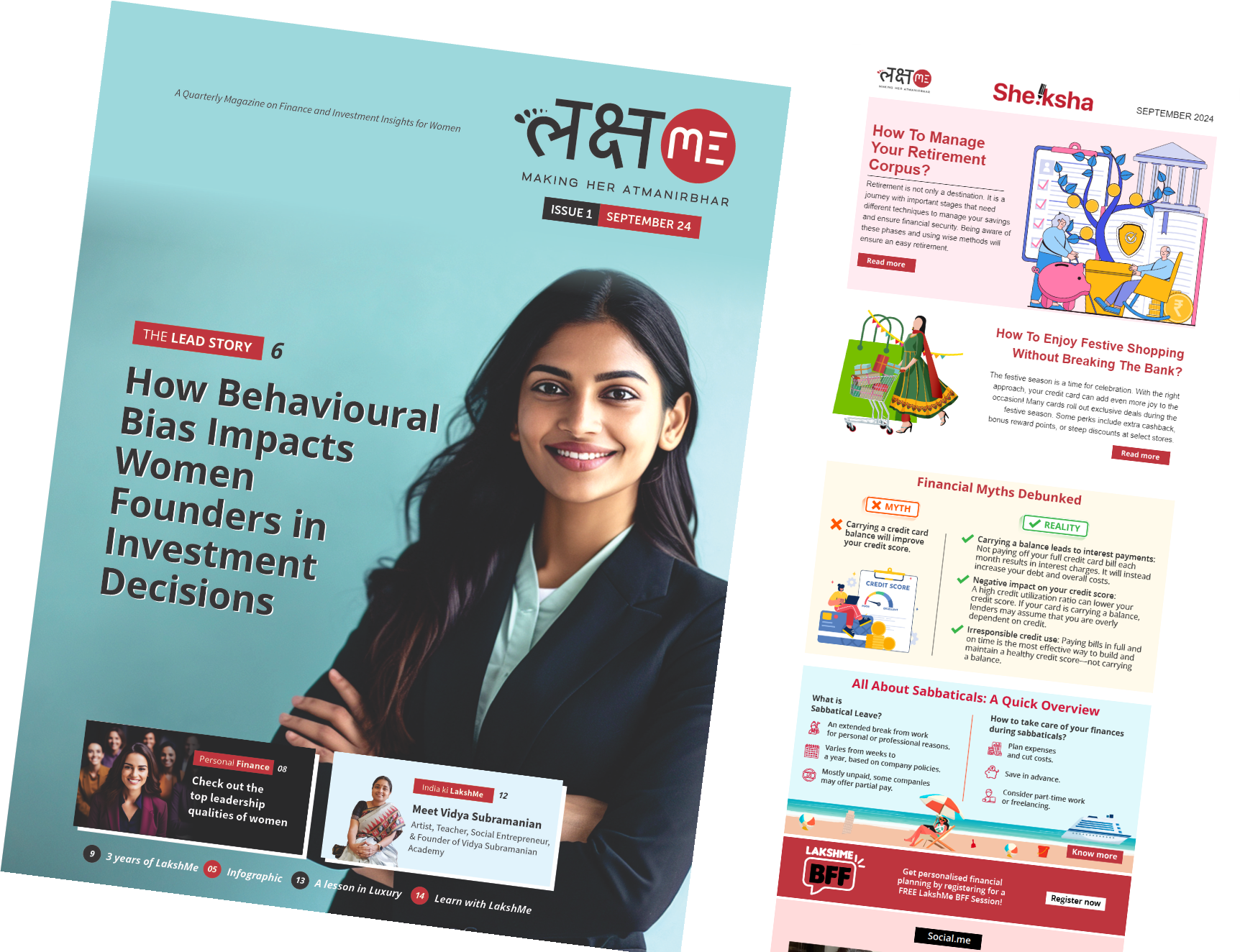5 steps to achieve Financial Independence Retire Early
There is no limit to what we, as women, can accomplish - Michelle Obama
She couldn’t have been more right. Women are born with the intrinsic capacity to multitask, handle difficult situations with flair and move mountains. However, with the responsibilities they shoulder, women have shorter careers and longer breaks.
-
According to a survey, in the year 1990, about 30% of women were employed in the labour force in India. This number reduced to 20.7% in 2019.
-
Similarly, before the pandemic hit, 7.5% of women in urban areas were employed. The number, however, fell to 5% in April and has barely recovered since.
The numbers reinforce the short career spans of women and so, for women to achieve FIRE, aggressive saving is the key.
We celebrate Independence day on 15'th August every year, but are we financially independent? How to achieve financial independence? let's understand.
What is FIRE?
FIRE is the abbreviation for Financial Independence and Retire Early. It means working for a limited number of years and saving aggressively to become financially independent and then retiring early.
Women can achieve FIRE and then take a break from work to handle their responsibilities while enjoying financial freedom.
But how can they do that?
The solution is simple – saving 50% to 75% of your income and investing it in attractive avenues to create a sizeable corpus for early retirement. To achieve this corpus, here is a 5-point guide that you can follow –
Start by knowing where you stand
Every financial planning journey starts with the knowledge of what you have and where you have to go. So, identifying your finances is the first step in this 5-point guide to achieving FIRE. Start by listing down the sources of your income, the expenses that you have, the assets you have created so far (existing investments and property that you have) and your liabilities. Also, list down your financial goals and the corpus required to meet them so that you know how much money you need to accumulate for your goals. Deduct the existing assets and savings from the required corpus and add the liabilities. This would give you a ballpark idea of the fund that you need. You can, then, work out the savings needed to create the calculated fund.
Set SMART financial goals :
When it comes to identifying and assessing your financial goals, there is a criterion to judge such goals – the SMART criterion. SMART means
Specific: This means that your goals should be clearly specified, like buying a car, buying a house, going on an international trip, etc.
Measurable: You should be able to assign a monetary value to the goal. For example, if buying a house is a goal, you can say that you need Rs.10 lakhs for making the down payment on the home loan.
Achievable: This again means that the goal should be achievable, something that is easy to achieve. For example, the goal of becoming the richest woman in the world is kind of unachievable. However, if you aim to accumulate a corpus of INR 1 crore, this, in turn, is an achievable goal.
Realistic: Realistic or relevant means that the goal should be practical, not whimsical. For example, if you wish to reach an INR 1 crore goal in 6 months, it may not be realistic if your disposable income for investment is only INR 10,000. So, a more realistic financial goal needs to be considered!
Time-bound: Time-bound is also an important parameter that allows a timeline to your goals. So, if you are planning to create a fund for your child’s future, you can easily estimate when you would need funds for the same.
Repay high-interest debts
When it comes to loans, there are good loans and bad loans. Bad loans are those that have no tax benefits and incur high-interest payments. Loans like personal loans and credit card bills incur considerable interest expenses. Thus, a wise choice is to either stay away from them or, if you have them, pay them off on a priority basis. This would help you get rid of high interest outgoes and also maintain your credit score.
Emergency planning is a must
Emergency planning is the first stepping stone to financial planning. You cannot plan to achieve financial independence without having a proper emergency corpus in place.
Emergencies are uncertain blows that strike when you least expect them to. In such cases, you need a financial backup to tide over the tough times. This is where the emergency corpus is needed.
So, set aside at least 6 months’ worth of your income in an emergency corpus for those difficult times that you might face, like layoffs, medical emergencies, and the like. Also, try and invest the emergency corpus in a liquid avenue that offers instant redemptions and also grows the corpus with returns till emergency strikes.
Invest in a health plan with critical illness
Health-related emergencies have become common. Women, especially, face various health-related challenges like pregnancy-related complications, osteoporosis, osteoarthritis, etc. Even critical illnesses like breast cancer, uterine or cervical cancer, stroke, etc. are increasingly affecting women. As such, you need two important coverages – a health insurance plan and a critical illness cover. So, opt for a comprehensive health plan and back it up with a critical illness rider or a standalone critical illness plan. This would give you comprehensive coverage and allow you to avail of quality healthcare in times of emergencies.
This 5-point guide does not give you financial independence directly but these points, help you to make prudent financial decisions and helps you to achieve financial freedom. So, besides saving aggressively, Investing is also important as inflation would keep eating out your intended corpus.
Well begun is half done and if you are looking at early retirement, you need to handle the reins of your finances aggressively.
Do you have any questions? Write to us











